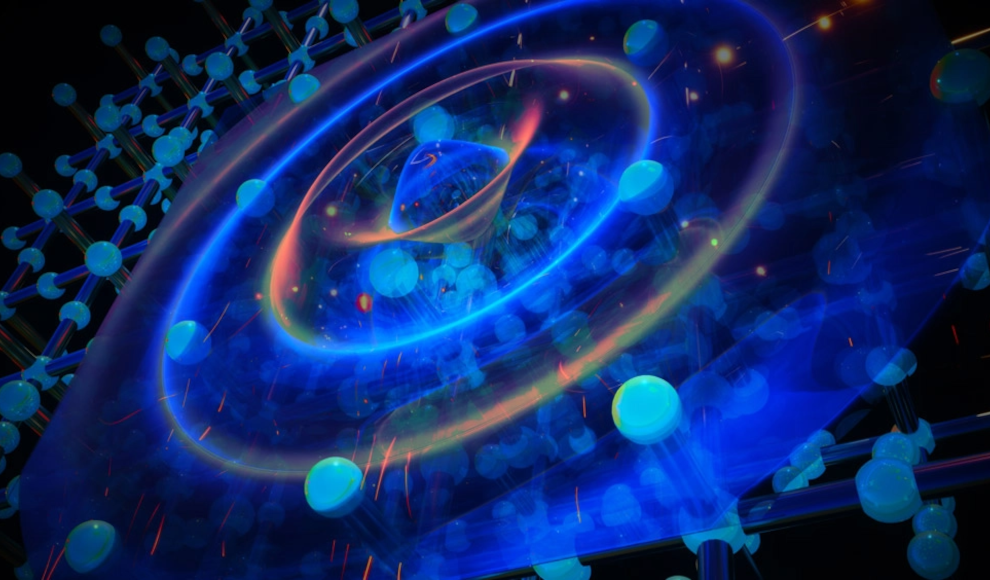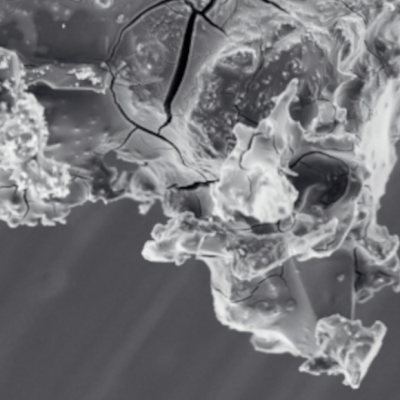Physicists have experimentally confirmed the Pines’ demon phenomenon, a state that occurs when electrons of a metal form a neutral, massless plasmon. The Pines’ demon was first postulated in 1956 by physicist David Pines, who predicted that plasmons could interact to create a massless plasmon without charge. The physics community has struggled to confirm the Pines’ demon phenomenon experimentally due to its lack of response to light and electrical neutrality. However, physicists at the University of Illinois have now confirmed the Pines’ demon phenomenon through experiments with the metal compound strontium ruthenate.
The Pines’ demon phenomenon occurs when electrons of different bands do not oscillate with the same phase, creating a collective state of neutral pseudoparticles. This state can be thought of as a demon, whose charge is hidden by electrons of another band. Unlike conventional plasmons, the Pines’ demon can be created at room temperature and does not interact with light. The physicists at the University of Illinois used impulsive electron energy loss spectroscopy to detect the Pines’ demon phenomenon in strontium ruthenate, a metal compound with three conduction bands.
The confirmation of the Pines’ demon phenomenon after 67 years of theoretical discussion is significant for the physics community. The physicists at the University of Illinois believe that the Pines’ demon could be a common phenomenon in multiband metals.










